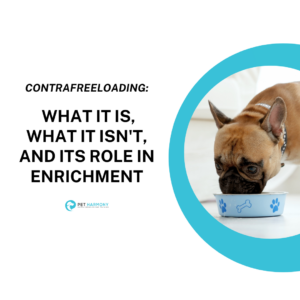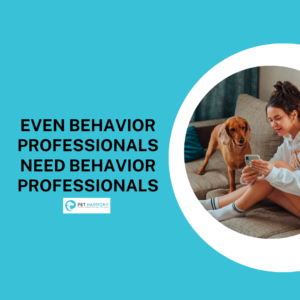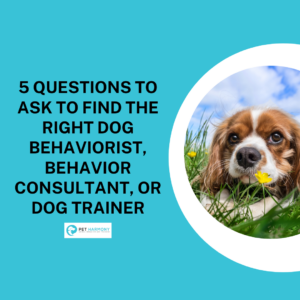
Why Your Cat Needs a Safe Space (and How to Build One That Works)
Cats, like other sentient beings, can get anxious and/or overwhelmed by their environment and the other beings in it from time to time. And like

Cats, like other sentient beings, can get anxious and/or overwhelmed by their environment and the other beings in it from time to time. And like

It doesn’t matter who you are, how much you love your pet, or how devoted you are to their well-being: if you live with an

A few weeks ago, I made this post for our Instagram page showing an example of contrafreeloading in my bird room. In the video, the

Unlocking the Joy: Enrichment Ideas to Aid Dogs’ Post-Surgery Recovery When I was a vet tech, one of the (many) things that led me to

Let’s face it: this topic stinks. No, I mean literally. If you’ve ever lived with a cat who potties outside of their litter box, you

Leash reactivity is one of the most common behavior issues that dogs experience – at least here in the United States, although I can’t speak

A couple of weeks ago, I was having a conversation with one of our PETPro members about the notion of people being either extroverted or

I’m going to share something I’m currently going through. This is difficult to talk about, and it may also be difficult to read. As you

Alright, look. Humaning is hard. And one of the things that makes it hard is other humans who are also trying to human and also

It’s been said many times, but it bears repeating: the animal training fields are unregulated. What this means is that there are no requirements in

$35 off a
4-session bundle
$65 off an
8-session bundle
Use code DOGDAYS2025 at checkout
